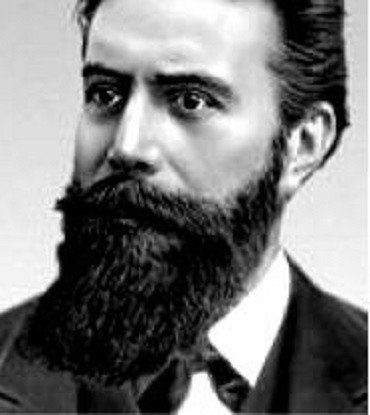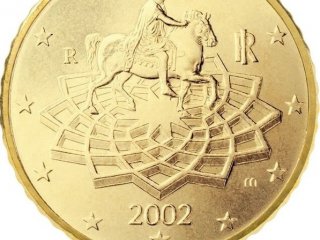
That evening, he felt like working before going to bed and left his apartment for the laboratory, which was easy since both were in the same building. The scientist was researching cathode rays then, a topic popular with physicists at the time. By midnight, he realized he was tired, and once he put his hand on the door handle, he noticed a glowing spot. A screen painted with barium platinocyanide was glowing in the dark. “Why is it glowing?” the professor thought. Oh, it’s because he had forgotten to turn off the cathode ray tube!
It was under a black cover, which is why Röntgen did not notice that it was on. He got angry with himself for his forgetfulness and turned off the switch. The glowing disappeared. Then he turned it on once again. The glowing came back. So, it’s the cathode ray tube that causes the glowing? But why? The cathode rays are blocked by the cover, so they should not be able to break through the 1 m air barrier between the tube and the screen. What are these mysterious rays that cause the fluorescent effect? Many people could have answered this question, e.g., Joseph John Thomson who observed a similar effect but did not find it interesting. Röntgen did and… It turned out that the rays could come through metal, glass, books, and soft human tissues.
Röntgen modestly called the mysterious rays with an amazing ability to go through opaque objects X-rays. He refused to patent his new discovery and did not skim the cream from every X-ray machine; he declined a highly paid position at the Academy of Sciences and the aristocratic prefix von to his name. When he fell seriously ill, his pupil Abram Ioffe gave him some money for… an X-ray.
























